|
|
|
|
Species Photo Gallery for Melanoliarus ecologus No Common Name |
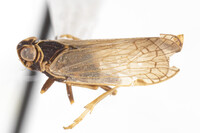 | Photo by: S.T. Dash
Out Of State Co.
Comment: UDCC_TCN 00003016rncoll. S.T. Dash; sweeping milkweedrndet. C.R. Bartlett | 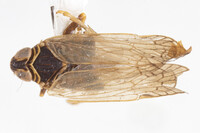 | Photo by: S.T. Dash
Out Of State Co.
Comment: UDCC_TCN 00003016rncoll. S.T. Dash; sweeping milkweedrndet. C.R. Bartlett |
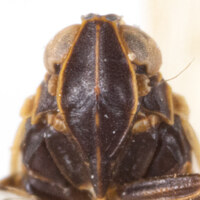 | Photo by: S.T. Dash
Out Of State Co.
Comment: UDCC_TCN 00003016rncoll. S.T. Dash; sweeping milkweedrndet. C.R. Bartlett |

 »
»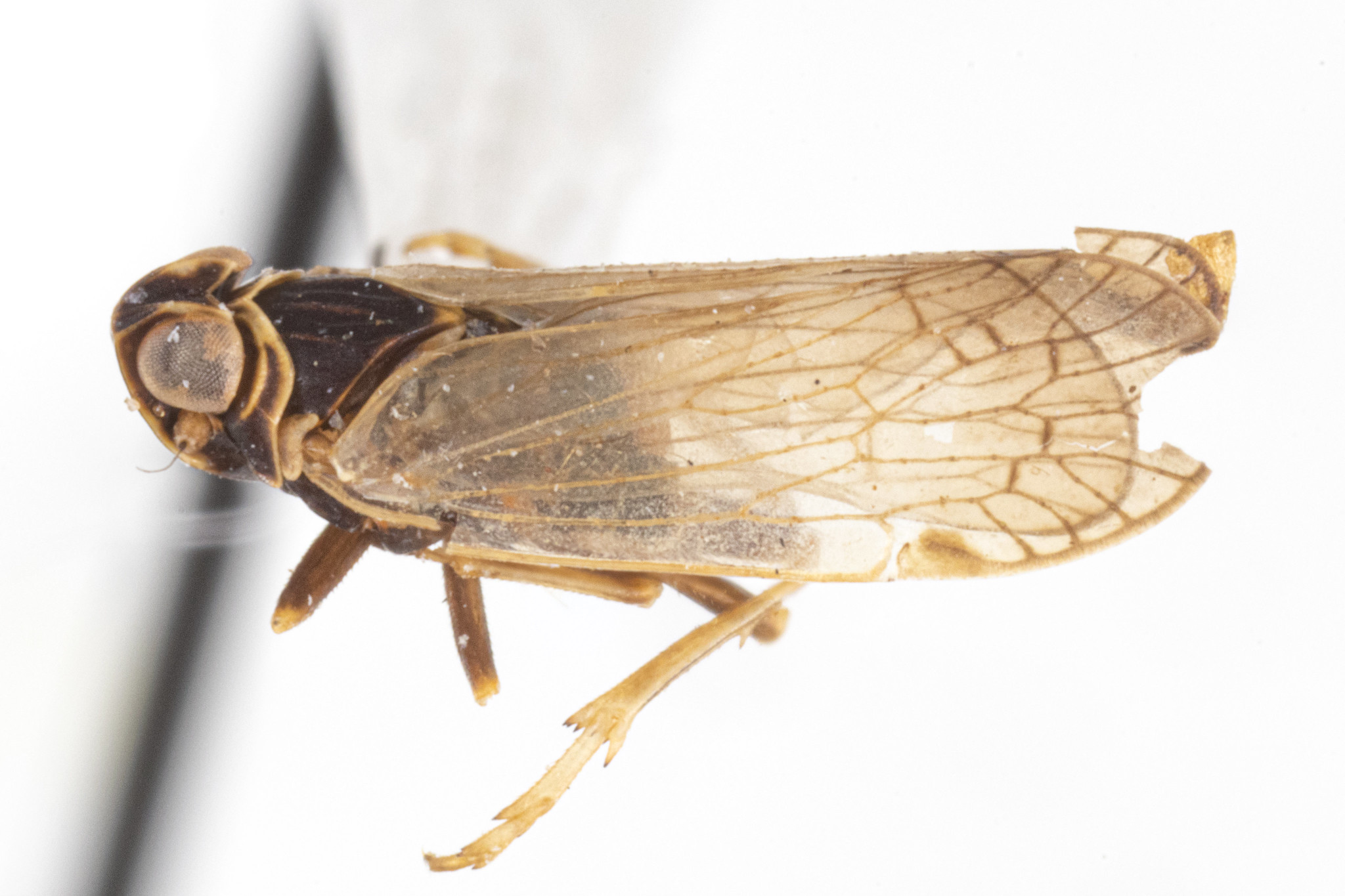
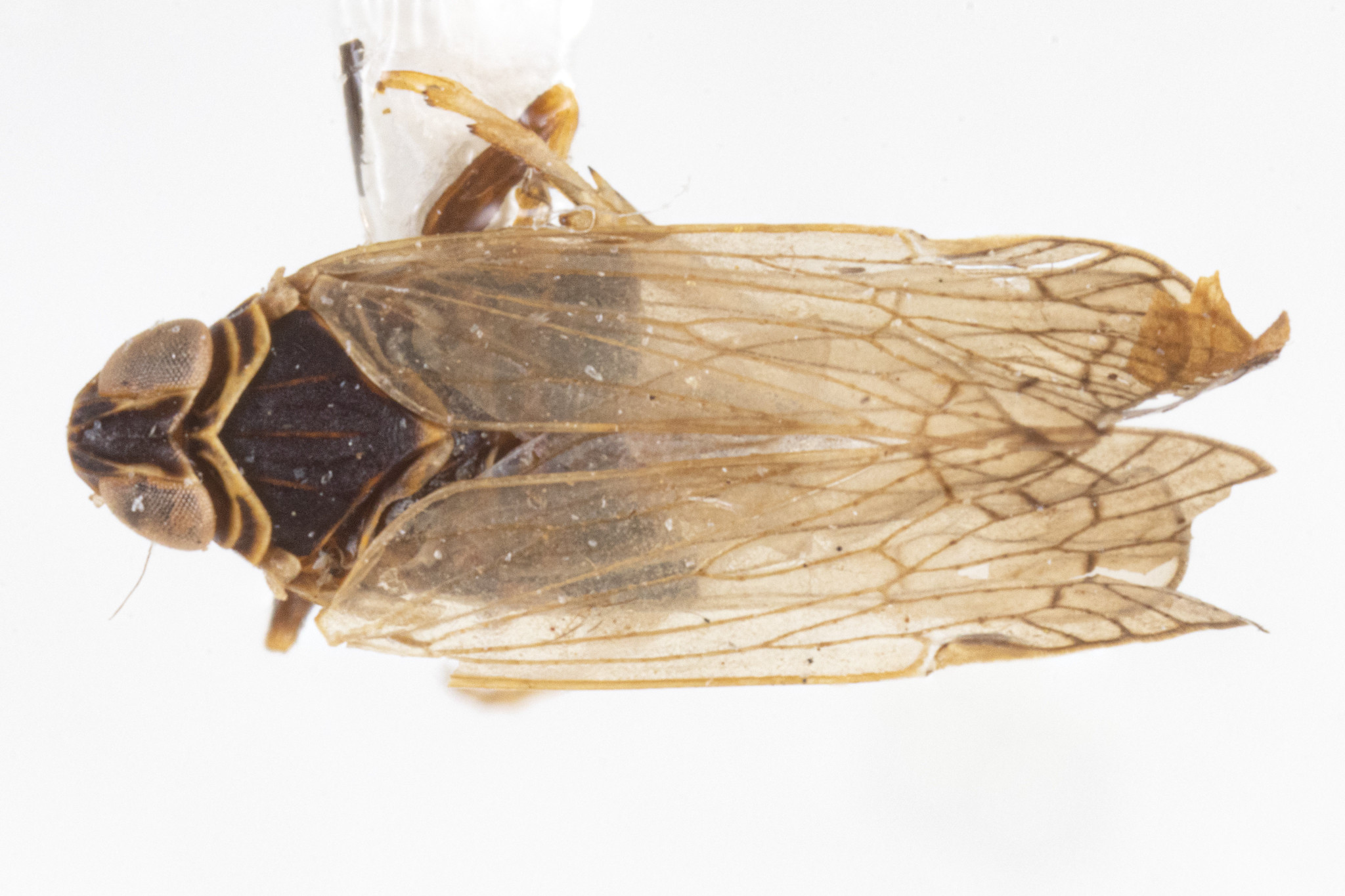
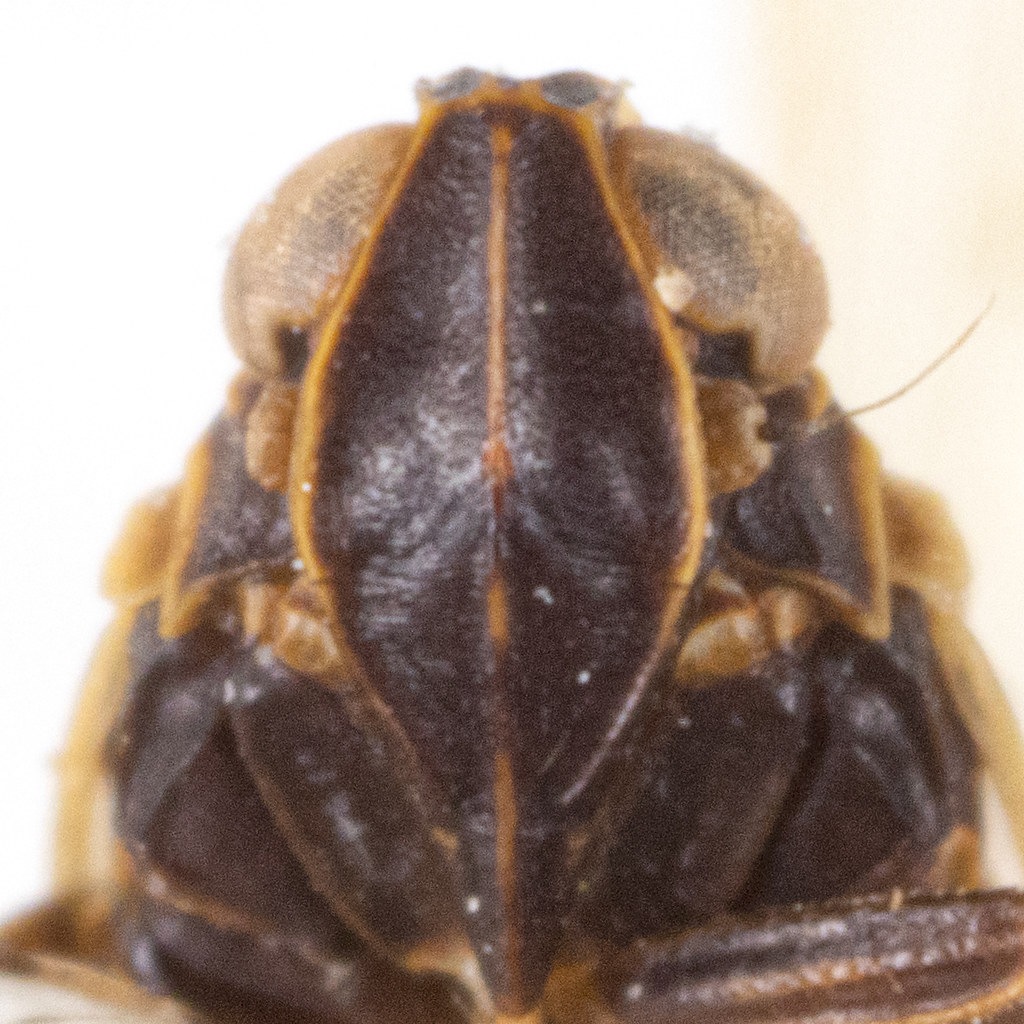

 »
»

